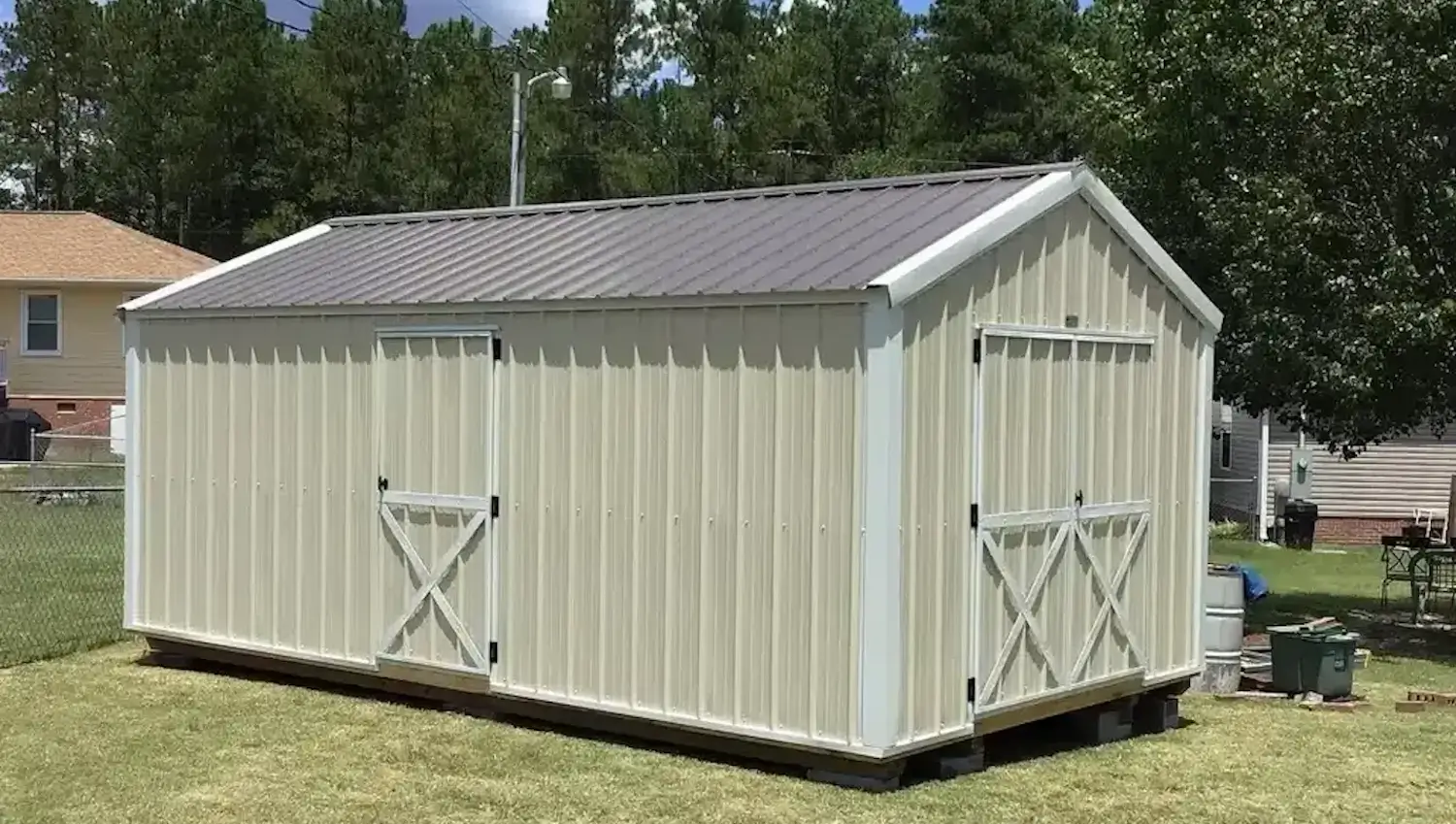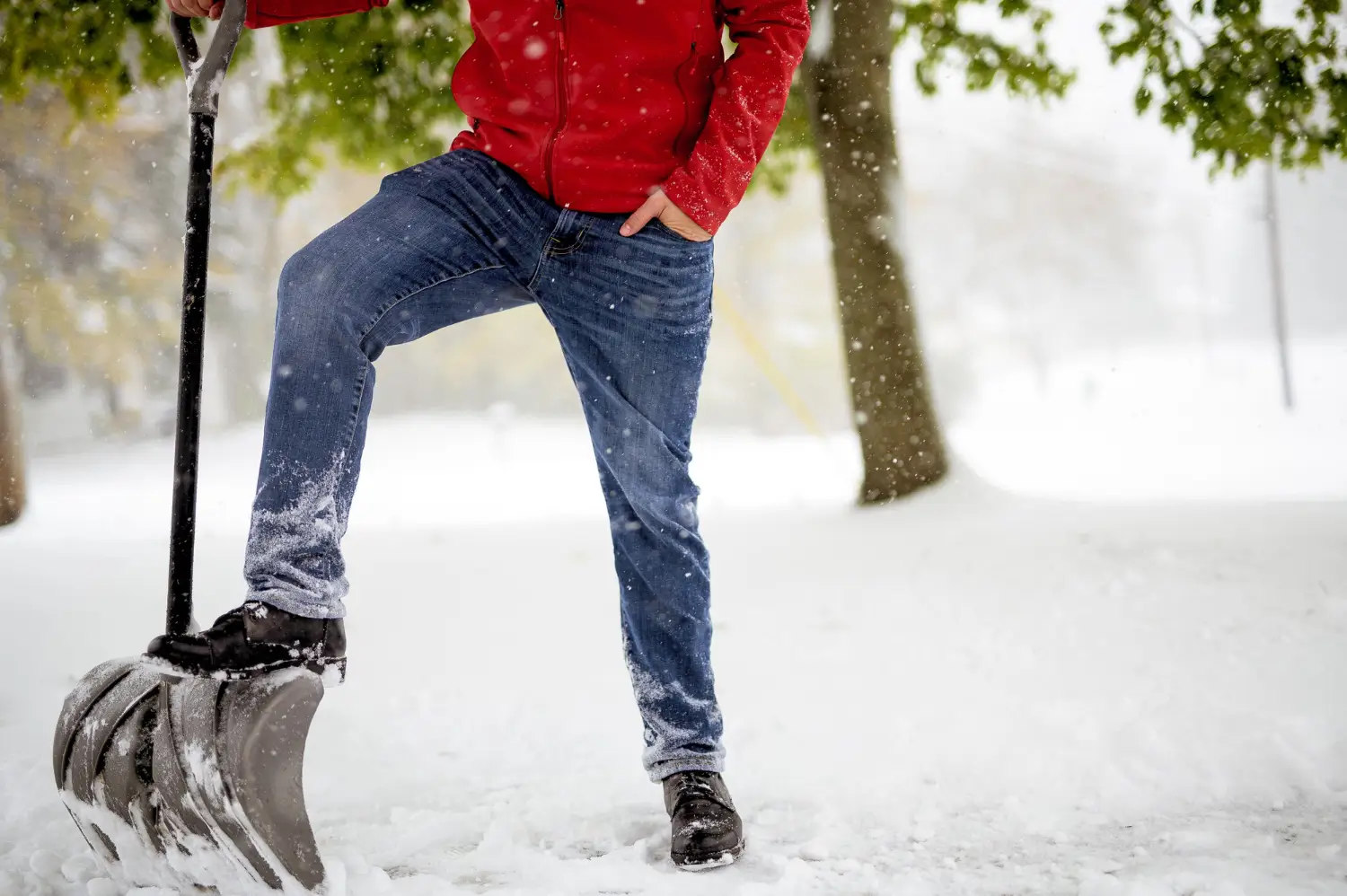
August 24, 2025

Everything is silent and beautiful at the first snow of winter. The streets, driveways and rooftops are buried under a soft white blanket. But that beauty quickly becomes work. Snow has to be removed from the ground so cars can move and sidewalks remain safe. Shoveling serves as a daily winter task for many.
It can make a big difference what kind of shovel someone is using. The wrong or unwieldy shovel can cause backache, strain the body and make the task unnecessarily hard. A quality shovel, though, can save time and energy. It also can make the work much safer, whether dealing with heavy or wet snow.
Not all winter snow is equal. It can be light and easy to move, or sometimes, it can feel like buckets of water.
The weather has a big influence on the behavior of snow. When it’s just below freezing, snow tends to be heavier because it holds more moisture. If it is frigid, the snow tends to be lighter and drier. But changes in temperature — melting during the day and freezing at night can turn snow into harder, icier snow by morning.
These changes create similar problems for homeowners. Driveways and sidewalks can be blocked in minutes. Ice layers can make shoveling harder and more dangerous. Refrozen snow is capable of hardening into blocks that require a bit more effort to remove. Understanding the nature of the snow on the ground helps people pick the right shovel and the right method to perform their job.
A snow shovel may seem like a simple thing, but its design can have a big impact on how safe, efficient and effective it is. The perfect blade-and-handle combo with just the right amount of weight and durability can turn a daunting chore into a much more manageable task.
There are many shapes and forms of snow shovels, and each is best for different conditions. The best type will depend on what kind of snow users typically get, the size of the area to be cleared, and the user’s strength or physical needs.

These are the classic shovels that most people think of. Their blades are long and curved in a way that lifts and throws the snow out of the side. Standard scoop shovels are best when:
Although they are flexible, refined movements require greater physical exertion. Repeatedly lifting heavy items can put a strain on the body, particularly when the ground is wet.
Rather than frames, push-style shovels are designed to either roll or push snow out in front of them. Their larger blades enable users to clear more space with fewer strokes, and are optimal for:
But they have their limitations in deep snow or icy snow. They are not designed to scoop and toss.
These shovels come with bent or angled handles which place the user in a more upright position. They are especially useful for:
They can be trickier to use at first, but the better posture will make shoveling easier and safer over time.
Crafted from steel or durable aluminum, these shovels are made for harsh winter conditions. They are effective when:
Their strength comes at a cost as they are heavier, which can make them tiring to use for long periods.
Most people like plastic or composite shovels because they are easier to maneuver. They are most useful for:
They are not as strong as metal models, so they may crack when faced with very heavy or icy snow.
These models have the thickness of a handle that can be adjusted for length:
They are not as sturdy as standard shovels, but their flexibility makes them handy for backup use.
A few shovels also come with an added feature, for instance a scoop-and-push model or two handles for more leverage. Others resemble mini plows, designed to shovel snow over larger areas rapidly. Ideal for those who don't want to purchase a separate shovel for every condition but won't care about the price.
Growcycle has a variety of snow shovels for different tasks, whether you need something light and easy to use for quick maintenance or something more heavy-duty that can handle the ice. Here is a closer look at some of their best choices:
This shovel comes with a long 43-inch handle and a polycarbonate blade for extended reach. It is:
Its main limitation is durability and it's not meant for breaking ice or moving heavy, wet snow. Older folks, or anyone in need of a lightweight, easy-to-use tool will especially appreciate this model.
The True Temper model is engineered to push not to lift snow. Featuring a 24-inch blade, it easily clears large plots. It works well for:
It’s not as effective in deep snow or ice, but it's a great choice for fast, easy clearance.
It’s a simple design that is lightweight and overall easy to use. Key points include:
Since it doesn’t have reinforcement, it may wear down quickly on rough ground, but it is a budget-friendly choice.
Constructed with an aluminum blade and a hardwood handle, this shovel is made to last in harsh conditions. It is:
It is heavier than others, which makes it a bit more difficult for longer sessions with it but excels in durability and performance in tough winters.
Shoveling snow takes effort, and if done incorrectly it can cause muscle strain, back pain or even more serious health risks. Using safe methods and pacing yourself can make the task much safer.

The way that a person moves while they shovel matters a lot.
Removing snow is heavy work, and it’s important to listen to what your body tells you.
Prepping the body before jumping in minimizes the risk of injury.
Shoveling snow itself can also stress the heart. Over time, exposure to cold air and heavy lifting raises the risk of heart problems in middle-aged and older adults. Anyone who has known heart problems, high blood pressure or a history of heart disease is advised to be careful.
Never attempt to ignore warning signs such as chest pain, lightheadedness, and unexplained shortness of breath. A person should stop if these symptoms occur and consult a physician. Sometimes the safer option is using a snow blower or getting help.
In addition to posture and pacing, a few extra precautions can make shoveling safer:
The wrong shovel can lead to back pain, stress the body or slow the job down considerably. But the right shovel can save time and effort, and also help make shoveling safer. There’s no single “best” snow shovel for everyone. A light plastic shovel is good for powdery snow, wide push shovels are what users want if they have got a long driveway and strong aluminum shovels are best for icy or compacted snow.
Growcycle offers a variety of durable winter snow shovels to accommodate various needs. With options ranging from an easy-to-handle lightweight snow shovel for seniors to a rugged all-aluminum emergency shovel designed for the harshest winters, it has a solution for homeowners who need durable tools that will last them through the season.
Disclaimer: This material is for informational purposes only and should not be relied on for legal, medical, financial, or any other form of professional advice.
The best shovel depends on the conditions like lightweight plastic for manageable powdery drifts, metal blades to break up or move heavier ice-crusted snow and ergonomic models that reduce back strain.
Keep in mind the kind of snow you typically get, the physical ability and how large an area you need to clear. Find the best blade material, handle length and grip.
Push the snow rather than lifting it when possible; clear it a bit at a time; and begin early, before it gets too deep or heavy.